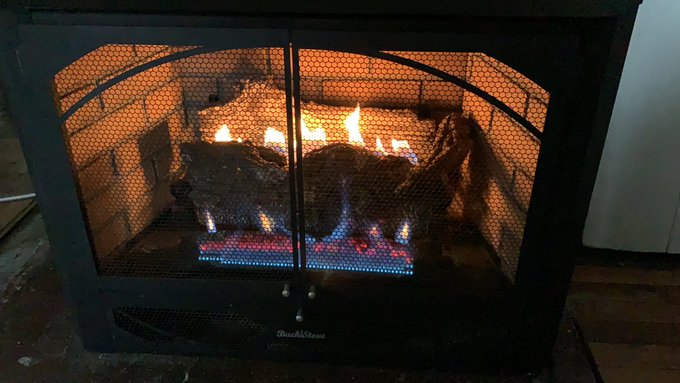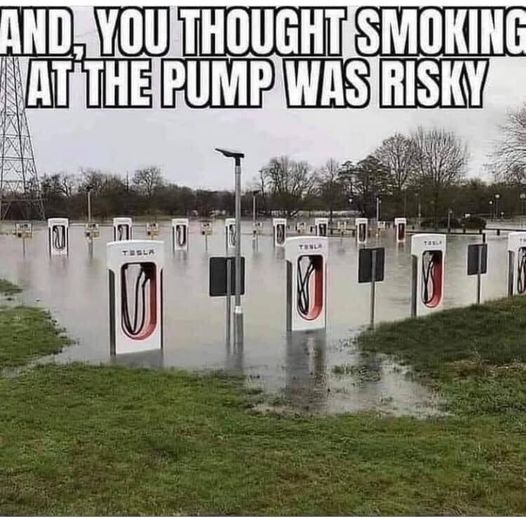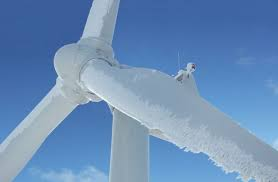British Vogue isn’t exactly my go-to source for high-brow intellectual articles. Pieces like Oscars 2021 Red Carpet: The Best Dresses From the Night might not be the most inspirational articles on the scientific topic of Climate Change, but whatever! I’m sure that the lovely Amanda Marcotte would have approved of this article, and the author, until she revealed that she had, Heaven forfend! gotten pregnant!
Is Having A Baby In 2021 Pure Environmental Vandalism?
By Nell Frizzell | April 25, 2021
Is having a child an act of environmental vandalism or an investment in the future? Is it possible to live an ecologically responsible life while adding yet another person to our overstretched planet? Can I get away with it if I just never learn to drive, never get a dog and keep wearing the same three pairs of jeans for the rest of my life?
For the scientifically-engaged person, there are few questions more troubling when looking at the current climate emergency than that of having a baby. Whether your body throbs to reproduce, you passively believe that it is on the cards for you one day, or you actively seek to remain child-free, the declining health of the planet cannot help but factor in your thinking.
Well, not to worry, if enough people think the way Nell Frizzell does, we won’t have to worry too much about anthropogenic global warming climate change, as in a few more generations, there won’t be any more humans.
Oh, wait, I forgot. I need to stop using my sarcastic global warming climate change, because:
Scientific American magazine announced Monday that it would stop using the term “climate change” in articles about man-made global warming and substitute “climate emergency” instead.
So, what, now I have to switch to global warming climate change emergency? Sometimes it just gets so difficult to keep up!
But what got me was Miss Frizzell’s next sentence, which was a continuation of her second paragraph:[1] Miss Frizzell appears to be correct, in that her website “About” page states that she lives with “her partner, (and) her son,” which leads me to assume that she is not married.
Before I got pregnant, I worried feverishly about the strain on the earth’s resources that another Western child would add. The food he ate, the nappies he wore, the electricity he would use; before he’d even started sitting up, my child would have already contributed far more to climate change than his counterpart in, say, Kerala or South Sudan.
So, it wasn’t just a child, but a Western child which worried her. That child in South Sudan, who wouldn’t contribute as much to climate change? He’d be born into one of the world’s poorest countries:
South Sudan sits near the bottom of most human development indices, according to the United Nations, including the highest maternal mortality and female illiteracy rates.
Just how seriously am I supposed to take an article on saving the planet from a website that is also featuring “To All The White Boys I’ve Dated Before”?
“(T)he nappies (her son) wore”? Well, if Miss Frizzell was all that worried about the contribution to global warming climate change emergency from those nappies, she could have bought cloth diapers, and washed them out in the toilet, as my mother, and every other American mother had to do in the 1950s. Was Miss Frizzell’s concern about the climate sufficient to encourage her to do that, or was she doing like most other First World mothers do in the 21st century, and buy disposable nappies?
But, at least in one regard, Miss Frizzell has told the truth, told a truth that so many of the climate activists either don’t realize or are reluctant to admit: to do as they say we should, they are going to have to leave London and Paris and New York, and start living that South Sudan lifestyle:
You don’t have to look into the future or to other continents to see that the world as it is organised now is dangerous for children. According to the World Health Organisation, 93 per cent of all children live in environments with air pollution levels above the WHO guidelines. Pollution now kills more people than tobacco – and three times as many as AIDS, tuberculosis and malaria combined. Across the world, more than one in every four deaths among children under five is already directly or indirectly related to environmental risks. Even here in the UK, where our wealth and geography has so far largely protected us from the effects of climate change, children are already dying from pollution-related respiratory problems.
And yet, like millions of others, I did it anyway. I had a baby. I’d have another if my partner agreed. Is that because I am selfish, myopic or greedy? Did I simply learn to compartmentalise my thinking, choose to listen to the arguments that supported what I wanted to do anyway, or ignore what was right in front of my face? Perhaps. But I also believe that when it comes to the future health of the planet, the question is not one of whether or not we continue to have babies. People will always have babies. Here, there and everywhere. Instead, it is a question of how we raise those babies, of learning to live within our environmental means, of turning away from the fever of consumerism and overturning a political system that rewards a tiny rich minority at the expense of everyone else.
Perhaps Miss Frizzell could bring up her son, not in Oxford, with its consumerism and ridiculous real estate prices and pollution and conspicuous consumption, but in South Sudan. Living there, he would certainly grow up “learning to live within (his) environmental means”!
Miss Frizzell is a writer, her About page telling us that she has written for many august publications. Well, couldn’t she do that anywhere, and simply send her stories to Vogue over the (non-present) internet in her Sudanese village (without electricity).
Miss Frizzell appears to feel some guilt at having had the privilege of growing up in a modern, Western society. So, I have to ask: does she feel enough guilt at that to move somewhere else?
References
| ↑1 | Miss Frizzell appears to be correct, in that her website “About” page states that she lives with “her partner, (and) her son,” which leads me to assume that she is not married. |
|---|











 The Pennsylvania Department of Environmental Protection has announced nearly $1 million in grants to install fast chargers on West Oregon Avenue in Philadelphia, as well as locations in Ridley Township, Delaware County; and Quakertown, Bucks County, as part of a larger effort to expand electric vehicle use statewide.
The Pennsylvania Department of Environmental Protection has announced nearly $1 million in grants to install fast chargers on West Oregon Avenue in Philadelphia, as well as locations in Ridley Township, Delaware County; and Quakertown, Bucks County, as part of a larger effort to expand electric vehicle use statewide.


